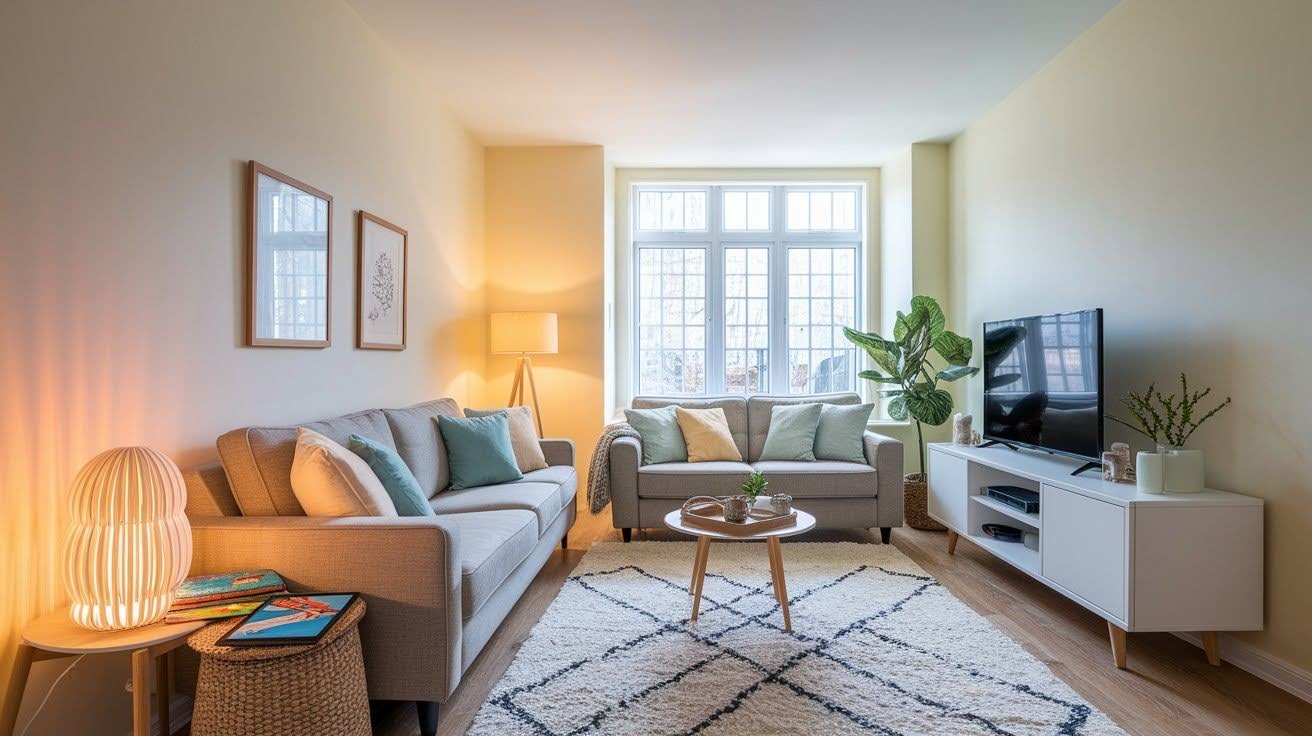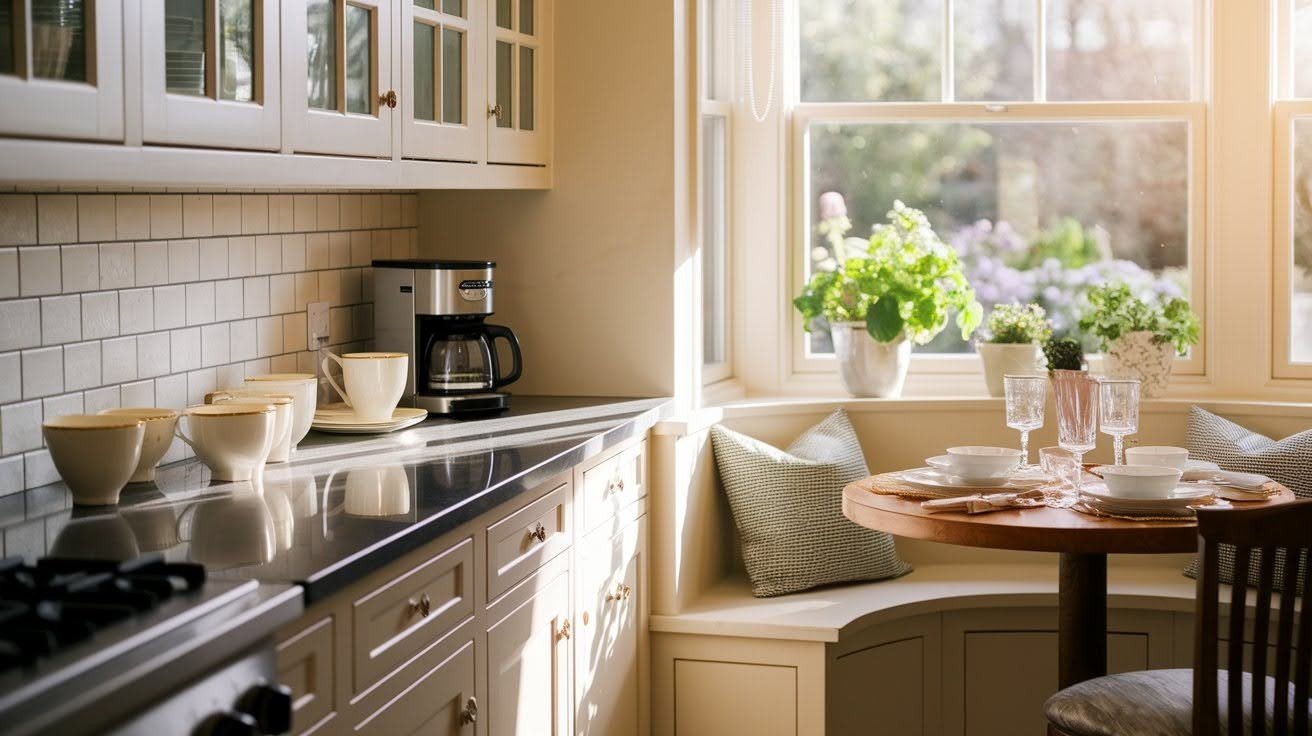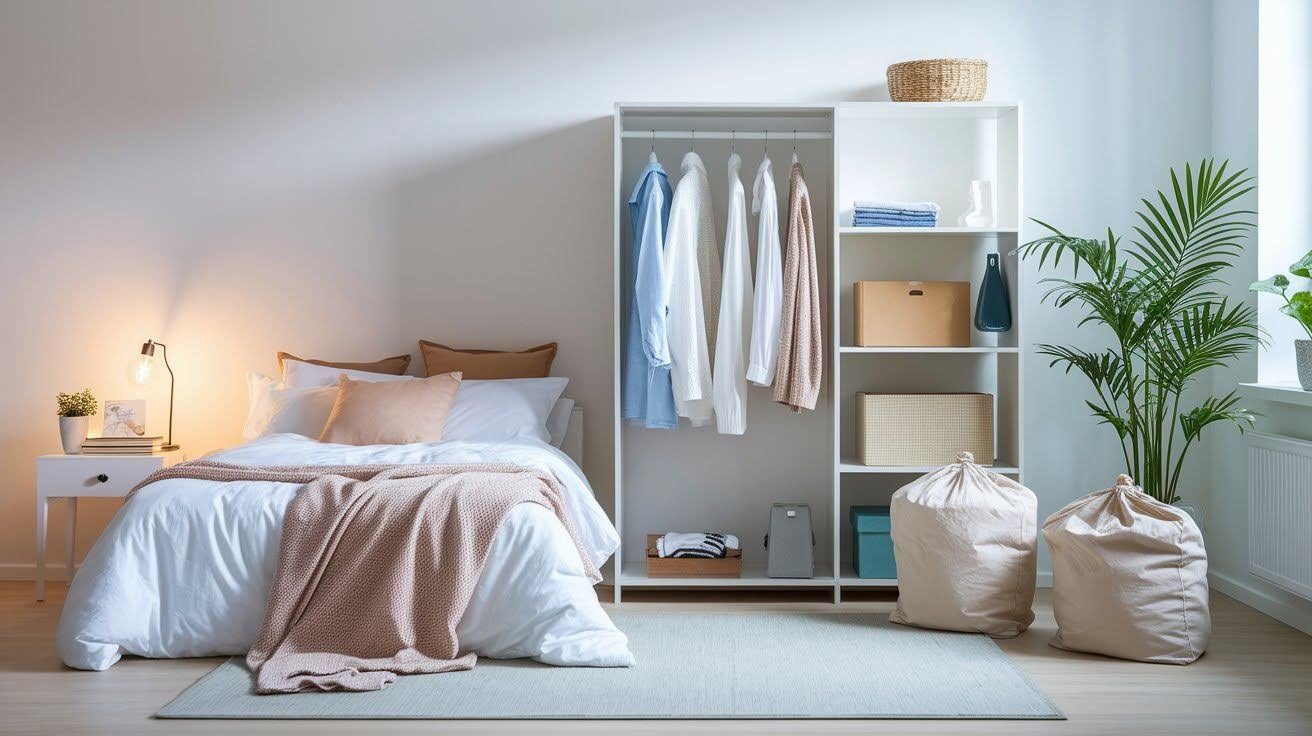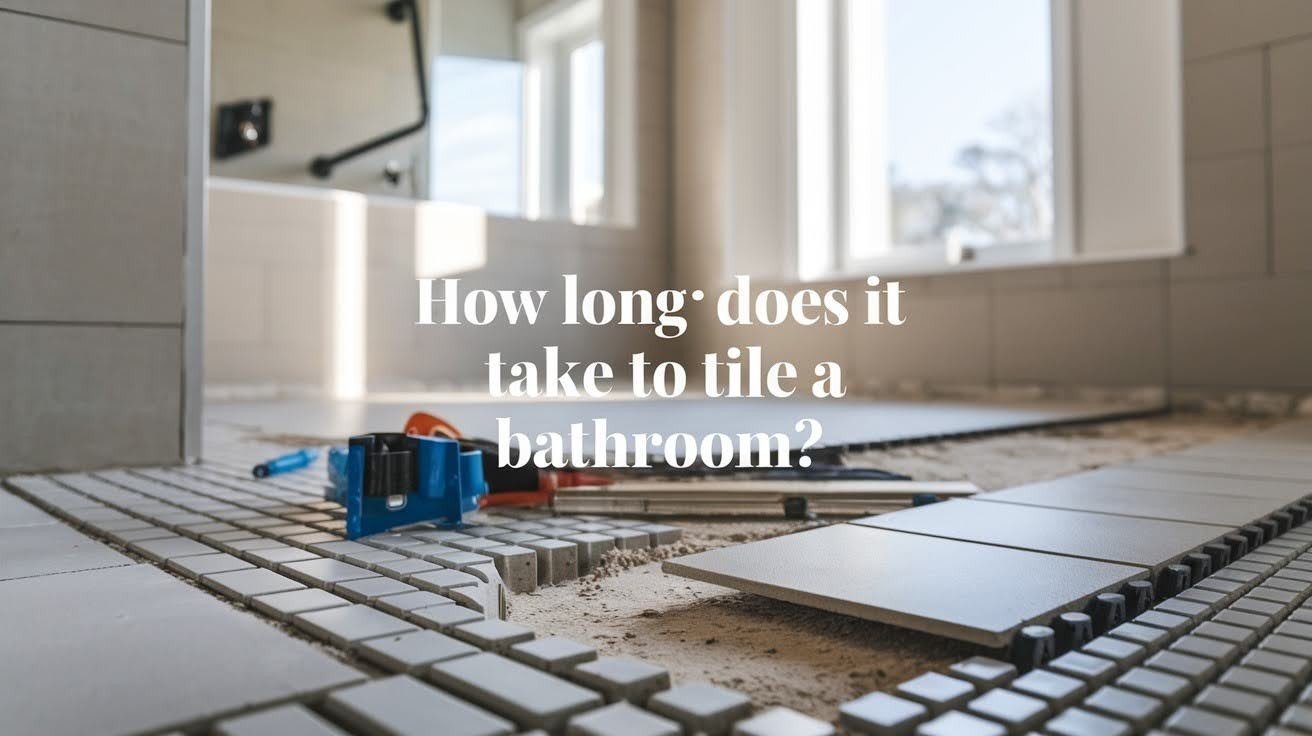Did you know that 70% of people find unpacking after a move more stressful than packing? When moving trucks leave and you’re left with towers of boxes in your new home, it’s easy to feel lost.
As a professional organizer with over years of experience helping families settle into new spaces, I understand this challenge.
The good news is that unpacking after a move doesn’t have to overwhelm you. With the right system, you can turn those chaotic boxes into a comfortable home quickly.
This guide will walk you through nine proven steps that make unpacking after a move simple and stress-free.
The 9 Important Steps for Unpacking After a Move
When you start unpacking after a move, having a clear plan makes all the difference. These nine steps will help you create a functional home in the right order.
1. Start with Kids’ Bedrooms for Immediate Comfort

Children need stability after a move, so their bedrooms should be your first stop. Set up their beds right away with familiar sheets and favorite stuffed animals. This gives them a safe space to rest while you work in other rooms.
Next, unpack their most important toys and comfort items. These familiar objects help reduce anxiety about the new space. Put out a few favorite books and games they can use during unpacking breaks.
Create a small play area in their room where they can stay busy safely. This keeps them occupied while you focus on unpacking after a move in other parts of the house. Having their own space ready first helps the whole family feel more settled.
2. Establish Your Living Room as Command Central

Your living room becomes the heart of your home during unpacking after a move. Set up your sofa and basic entertainment system first. This gives everyone a place to relax when they need a break from boxes.
Make this space comfortable for the whole family to gather. Put out some throw pillows and set up the TV or music system. Having a cozy spot helps everyone feel more at home right away.
Use part of this room for children’s activities during the unpacking process. Set up a small area with coloring books or tablets where kids can play safely. This central location lets you keep an eye on them while you work.
3. Make the Kitchen Functional Fast

A working kitchen is key to successful unpacking after a move. Start by unpacking basic dishes, cups, and your coffee maker. These essentials let you prepare simple meals and drinks without digging through multiple boxes.
Before you put anything away, walk through your cabinets and plan the layout. Use sticky notes to mark where different items will go. This prevents you from having to move things around later as you continue unpacking.
Keep your stovetop and main counter clear for meal prep. Focus on getting one area completely functional rather than spreading items everywhere. Set up a simple dining spot where the family can eat together during this busy time.
4. Set Up Master Bedroom as Your Retreat

Your bedroom should be your calm space during unpacking after a move. Make your bed first with clean sheets and comfortable pillows. Having a proper place to sleep makes everything else feel more manageable.
Create a small charging station for your phone and other devices on the nightstand. Unpack enough clothes for several days so you don’t have to dig through boxes every morning. This simple setup reduces daily stress.
Focus on making this room feel peaceful rather than perfect. You don’t need to unpack everything right away. Just create a space where you can rest and recharge between unpacking sessions.
5. Organize Bathrooms for Daily Routines

Start with the kids’ bathroom since children need their routines most. Unpack basic toiletries, towels, and any special items like bath toys. Getting this space functional helps maintain normal bedtime routines.
Use sticky notes to plan where everything will go before you start putting items in cabinets. This organization method works well during unpacking after a move because you can change your mind easily. Group similar items together for easy access.
Make a quick trip to buy essentials like toilet paper, soap, and toothpaste if needed. Create a small basket with daily necessities that every family member can find easily. This prevents morning chaos while you’re still settling in.
6. Create Kids’ Play Areas for Routine

Focus on unpacking your children’s favorite books and toys first. These familiar items help them feel secure in their new space. Let them help choose which toys to unpack first – this gives them some control during a big change.
Include your kids in age-appropriate unpacking tasks. They can put away their own clothes or arrange their bookshelf. This involvement helps them feel connected to their new home and speeds up the process.
If you have school-aged children, set up a homework and craft area quickly. This maintains their learning routine and gives them a productive activity during unpacking after a move. A simple desk or table with supplies is enough to start.
7. Set Up the Entryway for Daily Function

Your entryway sets the tone for your whole home. Create a system for coats and jackets right away. This could be hooks on the wall or a simple coat rack from your previous home.
Set up a specific spot for keys, wallet, and daily essentials. Use a small bowl or tray near the door. This prevents you from losing important items during the busy unpacking period.
Create an area for shoes and bags that works for your family size. This might be a shoe rack or a simple basket system. Having this organized space makes coming and going easier while you’re still unpacking after a move.
8. Tackle Clothes and Personal Items Room by Room

Start by unpacking just the essentials for each family member. Focus on a week’s worth of clothes for everyone before moving to seasonal items. This approach keeps daily routines running smoothly.
Wait to organize clothes completely until each bedroom is fully set up. During unpacking after a move, it’s better to have clean clothes available than perfectly organized closets. Function comes before beauty in the first few weeks.
Use this time to sort through items you no longer need. Set up donation bags as you unpack. This decluttering process helps your new home feel less crowded and more organized from the start.
9. Handle Storage Areas and Garage Last

Leave storage spaces like basements and garages for last during unpacking after a move. Focus on living areas first since you use them every day. Storage areas can wait until your main rooms are comfortable.
When you do tackle these spaces, sort boxes into clear categories first. Group holiday items, sports equipment, and tools together. This organization makes finding things easier later.
Put up basic shelving before you start organizing these areas. Having proper storage systems in place makes the process much more efficient. Keep seasonal items in easy-to-reach spots for quick access when needed.
Pro Tips for Efficient Unpacking
Smart strategies can make unpacking after a move much easier and faster. These proven methods help you stay organized and avoid common mistakes.
- Work on one room at a time instead of jumping around randomly
- Break down empty boxes right away to prevent clutter buildup
- Set up three areas: keep, donate, and trash for quick decisions
- Use sticky notes to plan storage before putting items away
- Keep box cutters in several rooms to avoid constant searching
- Take regular breaks and celebrate small wins to stay motivated
- Ask friends or family to help with specific tasks, like child care
- Order takeout for the first few days to reduce kitchen pressure
Remember that unpacking after a move is a process, not a race. Focus on getting your home functional first, then work on making it beautiful.
Conclusion
Unpacking after a move becomes much easier when you follow a clear system. Start with the most important spaces like bedrooms and the kitchen, then work your way through the rest of your home. This approach helps your family feel settled quickly.
Remember that unpacking after a move takes time, usually several weeks for most families. Don’t pressure yourself to have everything perfect right away. Focus on making your new space functional and comfortable first.
Your move represents a fresh start and new opportunities. Take time to enjoy the process of making your new house feel like home. With patience and the right approach, you’ll soon love your new space.
Frequently Asked Questions
How Long Should I Expect the Unpacking Process to Take?
Most families need 2-4 weeks for complete unpacking after a move. Focus on essentials first, then tackle remaining items gradually.
Should I Hire Professional Movers to Help With Unpacking?
Professional unpacking services cost $500-$1500 but save significant time. Consider hiring help for kitchens and complex areas if the budget allows.
What Items Should I Buy Before Starting to Unpack?
Stock up on cleaning supplies, toilet paper, basic groceries, and box cutters. Having these essentials prevents interruptions during unpacking.
How Do I Handle Damaged Items During the Move?
Document damage with photos immediately and contact your moving company. Keep damaged items and receipts for insurance claims or replacement costs.
When Should I Start Decorating My New Home?
Wait until unpacking after a move is mostly complete before decorating. Focus on function first, then add personal touches once everything has its place.






